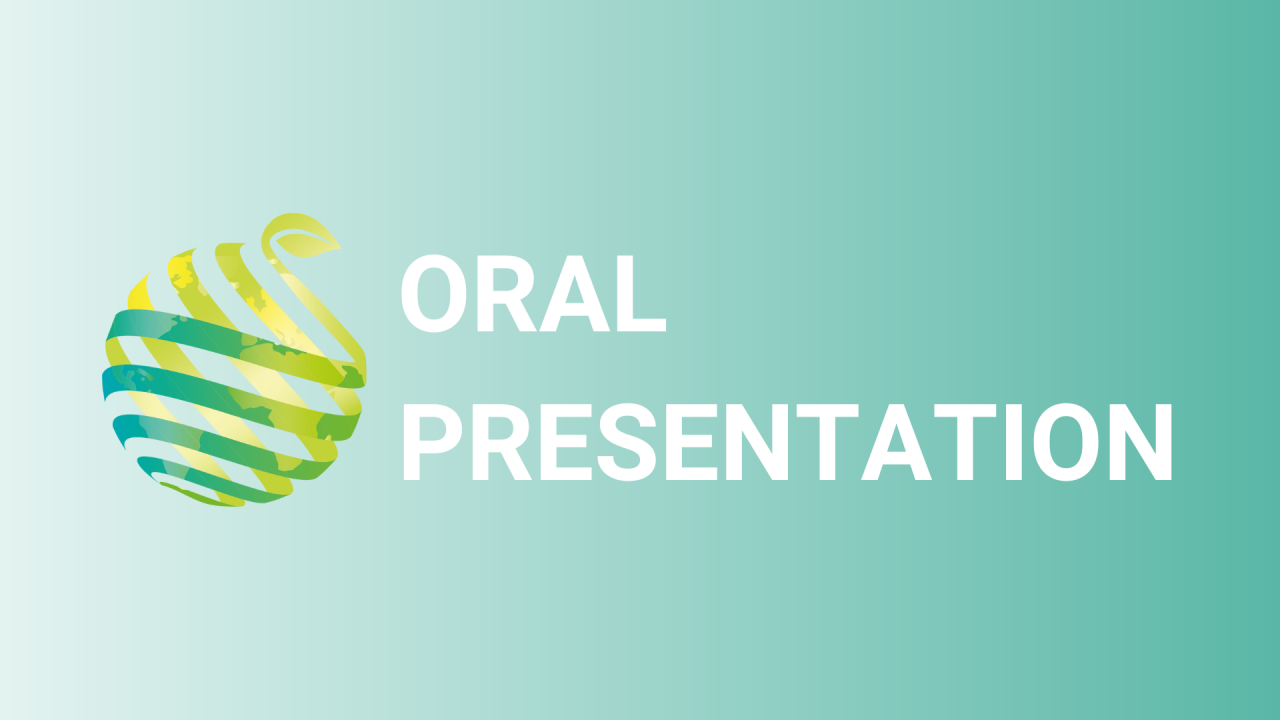

S11 - Session O1 - Soil temperature and water stress affect the physiological response, nutrient uptake and distribution of young pear trees
Information
Authors: Victor Blanco *, Lee Kalcsits
Climate change projections forecast an increment of soil temperature and a decrease of water availability. Nutrient uptake and distribution in the plants are directly influenced by root development. Consequently, excessively high soil temperature and water stress will restrict root growth and lead to nutrient stress. To assess how soil temperature and water stress affect the physiological response as well as the nutrient uptake and distribution within the tree, an experiment was carried out during the summer of 2021 in two pear cultivars ('D'Anjou' and 'Bartlett') grafted onto OHxF.87. Three-year-old potted trees were submitted to four treatments: 1. A control treatment (CTL), irrigated to satisfy the tree's water needs with unheated media. 2. A heat stress treatment (HS), irrigated as CTL but potted media was heated 10 °C above CTL. 3. A water stress treatment (WS), in which trees were submitted to three irrigation withholding cycles with unheated media. 4. A heat and water stress treatment (HS+WS) which was irrigated as WS trees and potted media was heated as HS trees. Water stress had a greater impact on the physiological response of pear trees than heat stress. Thus, stomatal conductance (Gs) resulted strongly related to the irrigation treatment applied. CTL trees maintained Gs values throughout the experiment higher than 250 mmol m-2s-1, while those WS trees had values below 100 mmol m-2s-1. Vegetative growth resulted influenced by heat and water stress, particularly in 'D'Anjou' trees, which decreased its dry weight by 21, 32 and 35 % for HS, WS and HS+WS trees respectively compared to CTL trees (dry weight = 0.7 kg). Nitrogen, calcium, potassium, and magnesium concentration (mg/g) for roots, stems and leaves, as well as their relationships also resulted influenced by the abiotic stress applied. The implication of these results will be discussed.